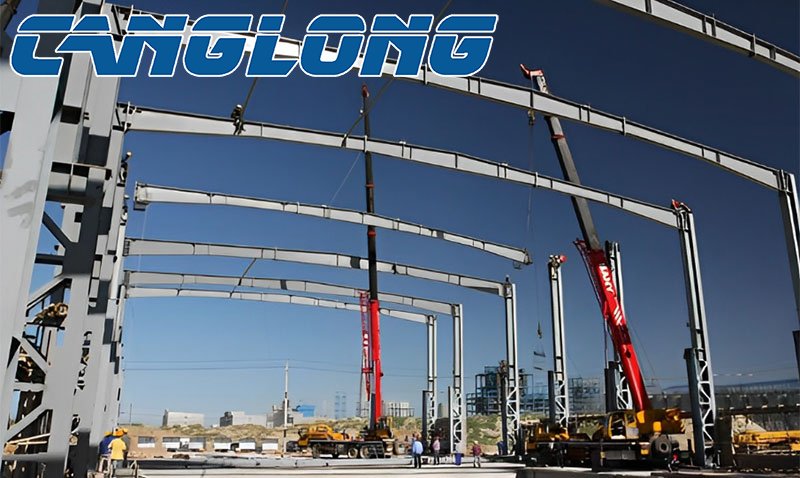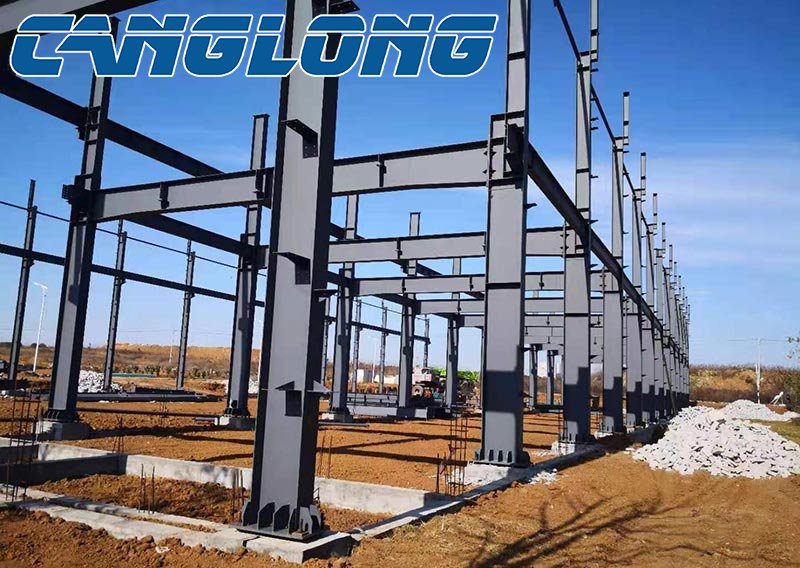Construction technology of sliding installation of steel structure
1. Main technical content
Computer-controlled overall jacking and lifting technology is an advanced steel structure and large-scale equipment installation technology. Insurmountable problems in terms of height, lifting weight, structural interface, and work site. The construction using this technology is safe and reliable, with mature technology, advanced technology and remarkable economic benefits. The technology adopts the principle of "flexible steel strand load-bearing, hydraulic cylinder cluster, and computer-controlled synchronous lifting". During the lifting or jacking construction, the computer is used to precisely control the synchronization of each point.

2. Technical indicators
To determine the lifting or jacking scheme, the strength, rigidity and stability of the load-bearing structure (permanent or temporary) and the steel structure or equipment itself must be considered at the same time. It is necessary to check and calculate the overall mechanical performance of the structure under the construction state, and calculate the forces of various items and points, and equip jacks. For construction supports or substructures and foundations, the bearing capacity and overall stability shall be checked and calculated to ensure sufficient safety under the most unfavorable conditions. The asynchronous value of each action point during construction should be reasonably selected through calculation.
The principle of selection of promotion methods. One is to strive to reduce the height of the load-bearing structure to ensure its stability. The second is to ensure the stability and safety in place of the lifted steel structure or equipment during lifting. The basic principle for determining the number and location of lifting points is: first, ensure the stability of the lifted steel structure or equipment during the lifting process. Minimize the promotion points under the premise of ensuring safety and quality. The carrying capacity of the lifting equipment itself meets the design requirements. The principle of hoisting equipment selection is: it can meet the force requirements in hoisting, compact structure, durable, easy maintenance, and meet the needs of the project (such as stroke, lifting speed, safety protection, etc.).
3. The main technical characteristics of the slip method
The slip method has wide applicability. In addition to the one-way frame, for the two-way truss or net frame with low structural rigidity, the sliding method can also be used for installation by increasing the support point (reducing the span), increasing the width of the assembly platform, and increasing the number of trusses assembled on the platform at the same time.
Sliding propulsion can be computer controlled synchronous hydraulic crawlers. The equipment has a high degree of automation, convenient and flexible operation, good safety, high reliability, wide application range and strong versatility.

4. Main technical measures of slip method
a. Prepare construction plan. Compile the construction plan to guide the construction, including the division of tear moving units, assembly platform and slideway erection, high-altitude assembly, traction system, sub-slip or cumulative slip, falling frame in place, construction monitoring, emergency plan, etc.
b. The high-altitude assembly platform is erected and the grid frame is assembled.
c. Set the sliding track.
d. Install synchronous sliding system.
e. Stress and strain monitoring: ensure that the construction is under control.
5. Scope of application
a. When large-span roofs and steel structures such as stadiums, theaters, hangars, and steel bridges (corridors) have ground assembly conditions and good surrounding support conditions, the overall jacking and lifting technology can be used.
b. The overall upgrading of super high components such as TV tower steel mast antenna and power station boiler.
c. Overall lifting of large gantry crane girders, boilers and other large equipment.





